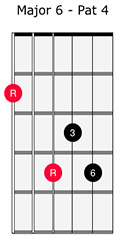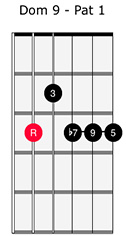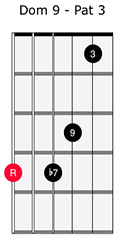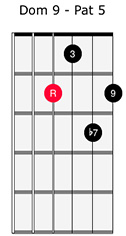6th and 9th Chord Comping
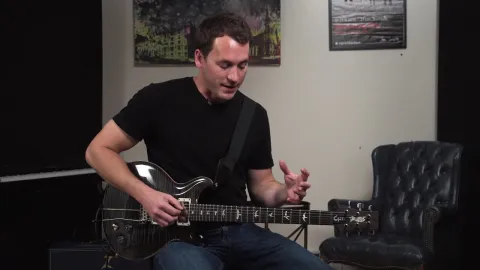
In addition to comping with 7th chords / diminished triads, we can build upon the dominant tonality by adding extensions. These extensions are commonly slid together and played on slower blues tracks, but of course, that isn’t always the case.
You'll notice in the diagrams that some of these clusters of notes seem very familiar. That’s because there is a minor triad in each of these shapes hiding in plain sight.
Look at the major 6th pattern 3 shape and the dom 9 pattern 1 shape. You’ll see that the notes on the 123 strings are all on the same fret, creating a minor triad shape. The sound we get from sliding this minor triad up two frets from the dom 9 position to the major 6 position is the sound of the slow blues.
If you focus on the minor triad movement, you can create great sounding blues parts all over the neck - if you know you triads, of course :)
For example: In the key of A (A7), The minor triad that makes the dom 9 sound is an E minor triad. When you slide the E minor triad up two frets (while A is still the tonal center) you get an F# minor triad over A, which is the A major 6.
When you go to the IV chord (D7), you’ll start an A minor triad to make the dom 9 sound. Slide this up two frets and you get a B minor triad over A - also known as D major 6.
Attached are the most common examples of these shapes. Learn them - but focus on the movement of the triads more than anything else. Get these down and you’ll be able to comp over blues changes anywhere - and not be locked in to any specific patterns.
